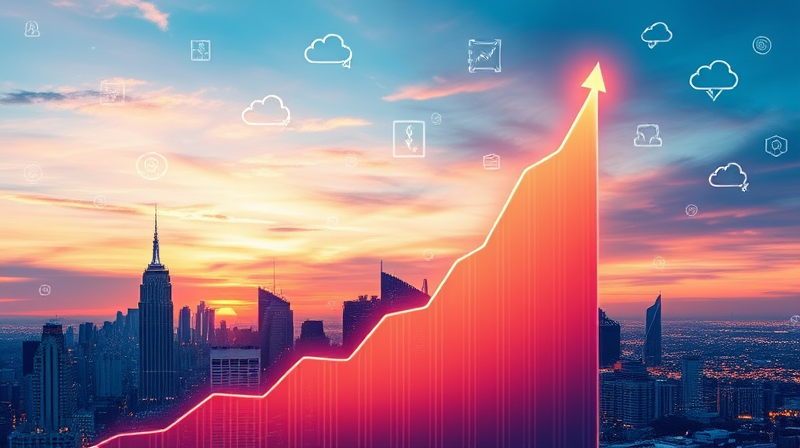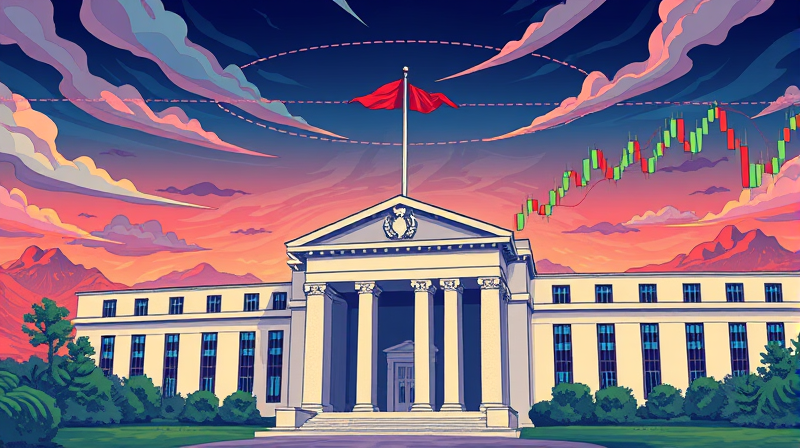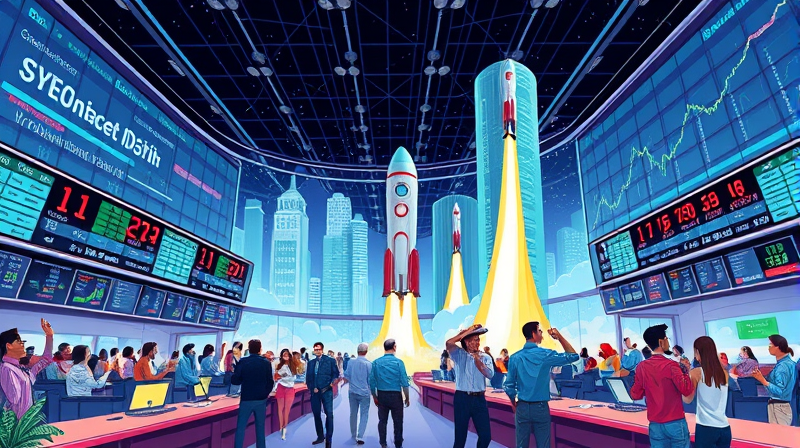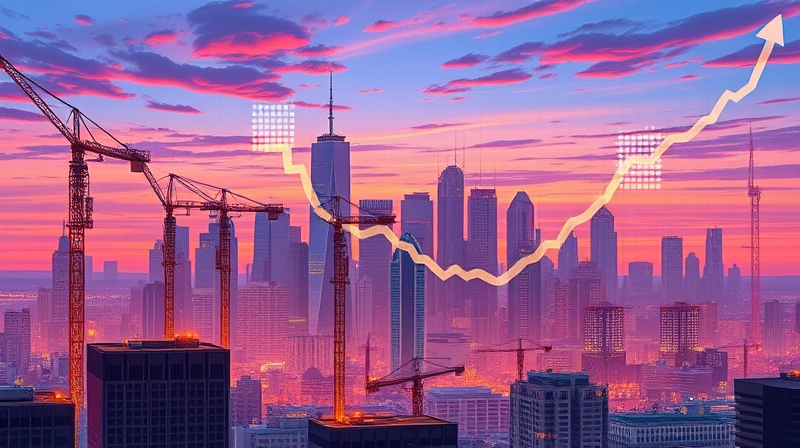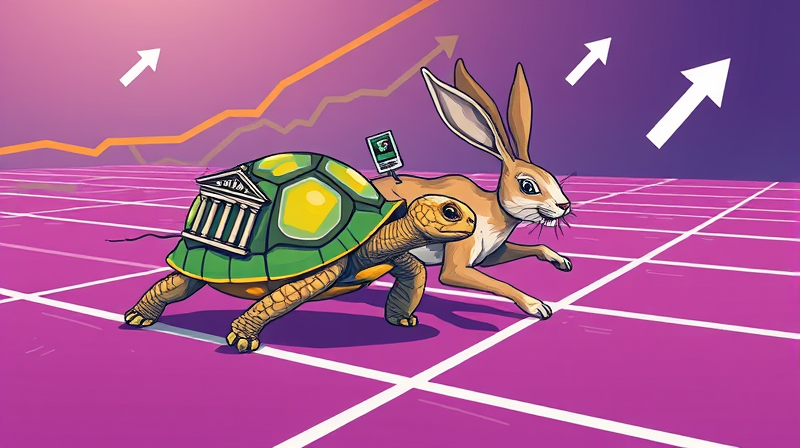
Recent global trends and data-driven innovations are ushering in a new era of stability and resilience in supply chains. Companies and governments alike are embracing advanced tools and strategies to navigate past disruptions, reduce bottlenecks, and foster sustainable growth.
By examining the key drivers—from technology breakthroughs to strategic realignments—businesses can seize fresh opportunities, refine operations, and build networks that withstand future shocks.
Between 2021 and 2023, supply chains worldwide faced unprecedented challenges: factory shutdowns, port congestions, labor shortages, and material scarcities. These disruptions prompted a shift from lean “just-in-time” models toward risk-averse “just-in-case” strategies, resulting in bloated inventories and increased costs.
The 2024 Supply Chain Stability Index, however, reported tremendous improvement in overall stability, signaling that many of the worst constraints are receding. Greater visibility, agile processes, and smarter networks are driving this transformation.
Today’s leaders are deploying advanced analytics, artificial intelligence (AI), and machine learning (ML) to move from reactive firefighting to proactive management. Real-time monitoring, predictive alerts, and data-driven decision engines allow teams to spot emerging disruptions before they cascade into full-blown crises.
Integrated platforms fuse procurement, production, shipping, and inventory data to provide a holistic view of operations. Organizations that leverage real-time data analytics report faster response times and more accurate forecasts, restoring confidence in supply chain flows.
Case in point: TaylorMade adopted an interconnected analytics suite that enabled it to scale production rapidly during post-pandemic demand spikes, cutting excess inventory by 20% without sacrificing service levels.
In response to geopolitical tensions and transportation bottlenecks, over 90% of U.S. companies are exploring supplier diversification strategies. By onboarding multiple vendors across regions, they spread risk and guarantee continuity when one node falters.
Simultaneously, 75% of firms are adopting multi-regional sourcing, mixing nearshoring and multishoring to reduce lead times and transportation costs. Some sectors, having initially over-diversified, are now reconsolidating relationships to simplify operations and achieve economies of scale.
These strategic shifts are not one-size-fits-all. Companies must tailor approaches based on risk profiles, regulatory landscapes, and customer expectations.
Despite improvements, supply chains are not immune to shocks. Extreme weather events—such as floods in Asia or wildfires in Europe—can still upend critical production hubs. Border delays, especially along U.S./Mexico corridors, disrupt timely delivery of goods.
Moreover, price volatility in raw materials and energy markets introduces financial uncertainty. Even as constraints ease, companies must maintain robust risk management frameworks to anticipate and mitigate emerging threats.
By continually stress-testing networks using virtual twins, organizations can simulate scenarios—ranging from port closures to cyberattacks—and adjust contingency plans in a digital environment before real-world rollout.
The U.S. Quadrennial Supply Chain Review (2021–2024) emphasizes the symbiotic role of workforce development and technological innovation. Governments and industries are jointly investing in training programs that upskill employees in data analysis, digital tools, and automation oversight.
Embracing a culture of continuous improvement and feedback loops ensures that lessons learned from past disruptions translate into enduring capabilities. Companies are setting up cross-functional “war rooms” and control towers that unite teams around shared dashboards and key performance indicators.
Just-in-time inventory approaches are gradually returning in sectors where lead times have stabilized, reducing capital lock-up and storage costs. At the same time, firms retain strategic buffers for high-risk components, striking a balance between efficiency and resilience.
To capitalize on easing constraints, decision-makers can take these concrete actions:
By embedding these steps into their strategic roadmaps, organizations can maintain momentum, optimize inventory turnover, and deliver consistent service levels even amid unforeseen challenges.
The confluence of digitization across supply chain nodes, advanced analytics, and strategic realignment is ushering in a period of unprecedented stability. While risks remain, the data clearly indicates that constraints are easing and opportunities for efficiency are growing.
For supply chain professionals, the call to action is clear: embrace innovation, refine sourcing strategies, and cultivate a resilient mindset. In doing so, businesses not only navigate current headwinds but also lay the foundation for future growth and competitive advantage.
As we move forward, the leaders who integrate technology and human ingenuity will set new benchmarks for what agile, reliable, and sustainable supply chains can achieve.
References







